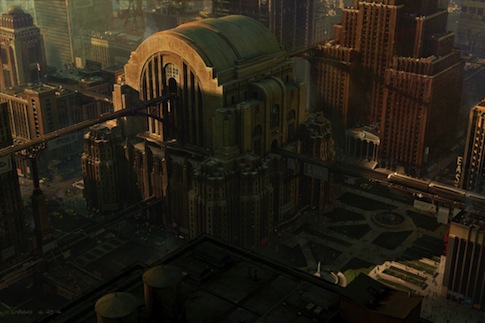Lost & Found
When rummaging through an old box recently, I ran across these prints that I completely forgot I owned. Actually, they're just copies on old card stock, but good images nonetheless - a couple which I haven't seen anywhere else (online). Unfortunately there wasn't any other information on them - no date, location, description - so any corresponding info is through research or reader contributions. If I labeled something incorrectly, or missed something altogether, please let me know.
As always, click on any image to enlarge.
Enjoy.
More info about the steamer here.
Not sure where this is exactly, but it reminds me of looking south
on Race Street, with Washington Park on the right.
From the top of Mt. Adams, looking west over downtown, "...this would have been 1938, as the viaduct (Columbia Pkwy) is under construction and nearing completion." (Source.)
From downtown, looking east up at Rookwood Pottery.
(toward Cincinnati's European immigrants' homeland).
More info about the fountain's placement here.
Looking north, with the canal at the end of the street
(now Central Parkway) and the Incline in the distance.
Specifically, a band concert at the promenade
on Fulton Avenue (at the park entrance).
Info source [scroll to the bottom of that page
for more pics of the event].
































































